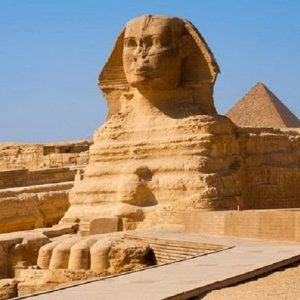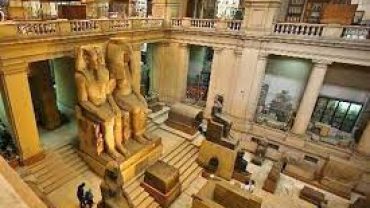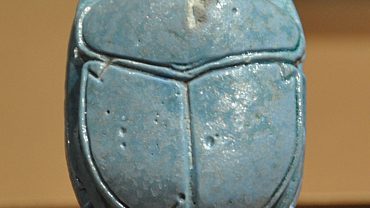Pyramids of Giza, Arabic Ahrāmāt Al-Jīzah,
Giza also spelled Gizeh, three 4th-dynasty (c. 2575–c. 2465 BCE) pyramids erected on a rocky plateau on the west bank of the Nile River near Al-Jīzah (Giza) in northern Egypt. In ancient times they were included among the Seven Wonders of the World. The ancient ruins of the Memphis area, including the Pyramids of Giza, Ṣaqqārah, Dahshūr, Abū Ruwaysh, and Abū Ṣīr, were collectively designated a UNESCO World Heritage site in 1979.
Pyramid of Khufu
https://lukasadventure.com/index.php/2020/05/11/topThe entrance to the Great Pyramid is on the north side, about 59 feet (18 metres) above ground level. A sloping corridor descends from it through the pyramid’s interior masonry, penetrates the rocky soil on which the structure rests, and ends in an unfinished underground chamber. From the descending corridor branches an ascending passageway that leads to a room known as the Queen’s Chamber and to a great slanting gallery that is 151 feet (46 metres) long. At the upper end of this gallery, a long and narrow passage gives access to the burial room proper, usually termed the King’s Chamber. This room is entirely lined and roofed with granite. From the chamber two narrow shafts run obliquely through the masonry to the exterior of the pyramid; it is not known whether they were designed for a religious purpose or were meant for ventilation. Above the King’s Chamber are five compartments separated by massive horizontal granite slabs; the likely purpose of these slabs was to shield the ceiling of the burial chamber by diverting the immense thrust exerted by the overlying masses of masonry.The Food
The entrance to the Great Pyramid is on the north side, about 59 feet (18 metres) above ground level. A sloping corridor descends from it through the pyramid’s interior masonry, penetrates the rocky soil on which the structure rests, and ends in an unfinished underground chamber. From the descending corridor branches an ascending passageway that leads to a room known as the Queen’s Chamber and to a great slanting gallery that is 151 feet (46 metres) long. At the upper end of this gallery, a long and narrow passage gives access to the burial room proper, usually termed the King’s Chamber. This room is entirely lined and roofed with granite. From the chamber two narrow shafts run obliquely through the masonry to the exterior of the pyramid; it is not known whether they were designed for a religious purpose or were meant for ventilation. Above the King’s Chamber are five compartments separated by massive horizontal granite slabs; the likely purpose of these slabs was to shield the ceiling of the burial chamber by diverting the immense thrust exerted by the overlying masses of masonry.
The question of how the pyramids were built has not received a wholly satisfactory answer. The most plausible one is that the Egyptians employed a sloping and encircling embankment of brick, earth, and sand, which was increased in height and in length as the pyramid rose; stone blocks were hauled up the ramp by means of sledges, rollers, and levers. According to the ancient Greek historian Herodotus, the Great Pyramid took 20 years to construct and demanded the labour of 100,000 men. This figure is believable given the assumption that these men, who were agricultural labourers, worked on the pyramids only (or primarily) while there was little work to be done in the fields—i.e., when the Nile River was in flood. By the late 20th century, however, archaeologists found evidence that a more limited workforce may have occupied the site on a permanent rather than a seasonal basis. It was suggested that as few as 20,000 workers, with accompanying support personnel (bakers, physicians, priests, etc.), would have been adequate for the task.



Commentaire (0)